18 Japanese Inventions We Would Be Lost Without

Some of the most common items we use daily such as quartz watches, emojis, and QR codes have been invented in Japan. Discover 18 Japanese inventions that changed our lives, from karaoke and instant ramen to pocket warmers, washlets, and more.
From fun and wacky to life-changing, incredible inventions have been made in Japan throughout history, some of which greatly affect the ease and convenience of our daily lives.
In this article, we introduce a wide variety of Japanese inventions that are used daily around the world and in Japan.
Japanese Inventions
1. Kairo: Hand Warmers, Pocket Warmers
2. Instant Ramen and Cup Ramen
3. Washlets
4. Emoji
5. Rice Cookers
6. Cosmetic Oil Blotting Paper
7. Karaoke
8. Capsule hotels
9. Ekiben
10. Conveyor Belt Sushi
11. Quartz Watches
12. QR Codes
13. Gachapon Capsule Toys
14. Yakult
15. Tactile Paving
16. Purikura
17. Selfie Sticks
18. Flushing Water Sound Simulators
1. Kairo: Hand Warmers, Pocket Warmers
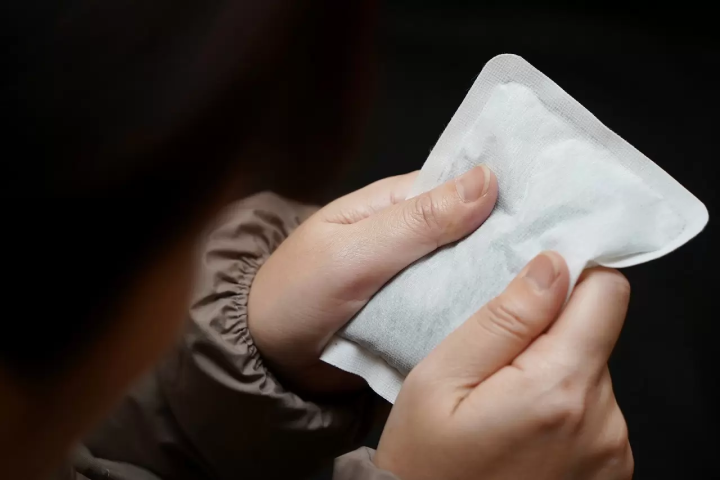
Photo by Pixta
A lifesaver in winter, kairo (pocket warmer) has been around for centuries in Japan. The original pocket warmer consisted of natural materials such as stone or sand that were heated and then wrapped in a towel.
Over time, Japan developed a safer, more convenient, and long-lasting pocket warmer in 1971, which can be found in local convenience stores across Japan during the cold months!
Pocket warmers contain a mix of substances that produce heat once exposed to air. Once you open the plastic package of a pocket warmer, it will gradually heat up, providing heat for several hours. Depending on the type, some kairo can heat up to 40 degrees Celsius, and provide heat for up to 16 hours.
Disposable kairo comes in a variety of types, with most designed to heat specific parts of your body, such as your feet, hands, neck, or stomach.
Read also
2. Instant Ramen and Cup Ramen
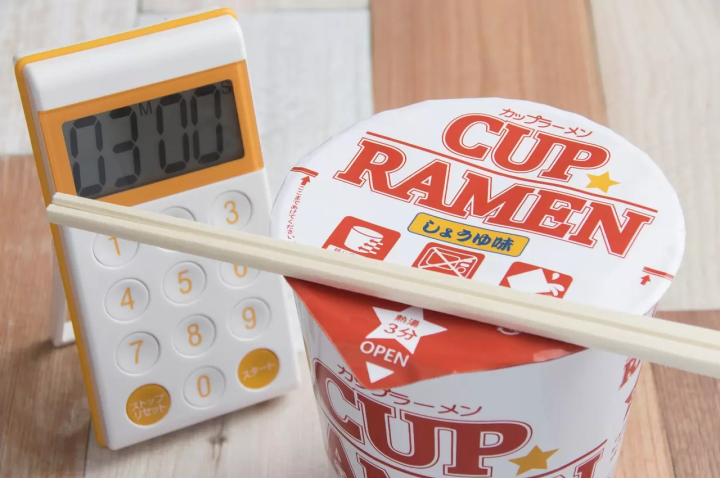
Photo by Pixta
Deliciously good, instant ramen was first created in Japan in 1958 by an inventor named Momofuku Ando. The product was named Chikin Ramen. After its success, Ando-san went on to invent cup noodles in 1971, the world's first instant cup ramen, which is still highly popular to this day!
Once an expensive item, cup ramen and instant noodles have dropped dramatically in price over the years and have become an easy, inexpensive meal for those with busy schedules. Now famous worldwide and well-loved in many countries, 100 billion instant ramen packets are sold each year across the globe.
To learn more about cup ramen and even make your own, we recommend heading to Cup Noodles Museum-Osaka Ikeda or Yokohama's Cup Ramen Museum.
3. Washlets
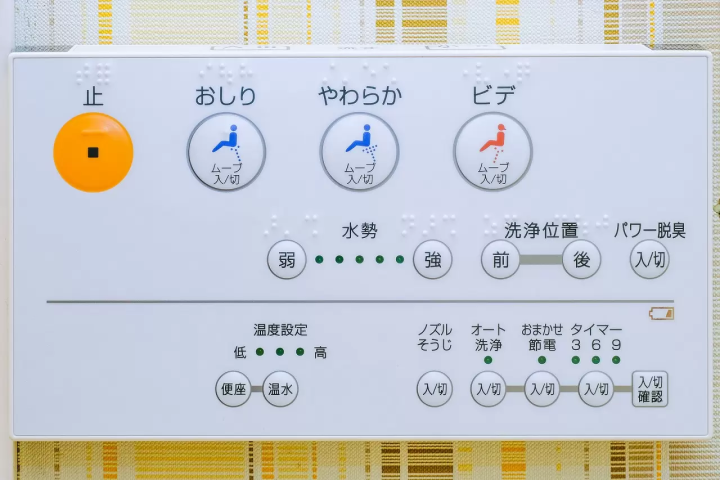
Photo by Pixta
Designed to create an automatic invention akin to the European bidet, TOTO, a large manufacturing company in Japan, was the first to create the beloved washlets in Japan.
Invented in 1980, washlets have taken Japan by storm, implementing these automatic toilet seats into family homes, businesses, hotels, workplaces, train stations, and more!
Slightly confusing for those who are not used to them, Japanese toilets have introduced translations for the device buttons and interface in recent years to help international visitors use the functions efficiently.
An array of functions is included on these devices, from bidet flushing to air drying. So why not be brave and try a washlet? Who knows, you may find you can never use a regular toilet the same way again!
4. Emoji

Photo by Pixta
Actions speak louder than words. Popular since their invention, emojis are the perfect way to express how you are feeling without any mixed messages!
The word for these fun depictions, 絵文字 (emoji), consists of three kanji that mean "picture character."
Emojis were first invented by Shigetaka Kurita in 1999 when he was tasked with designing 176 emojis that depicted emotions, places, and people to help ease communication within NTT DoCoMo's new emailing service. Heavily inspired by manga and pictograms, Kurita-san was able to create the emojis within a strictly limited grid of 12 by 12 pixels.
Over the years, emojis have become more advanced, often looking more like stickers or drawings rather than pixelated icons, thanks to technological advancements and the shift to designing emoticons using vector graphics.
Now involved in our everyday communications with loved ones, there are officially 2,789 emojis in our inventory!
5. Rice Cookers
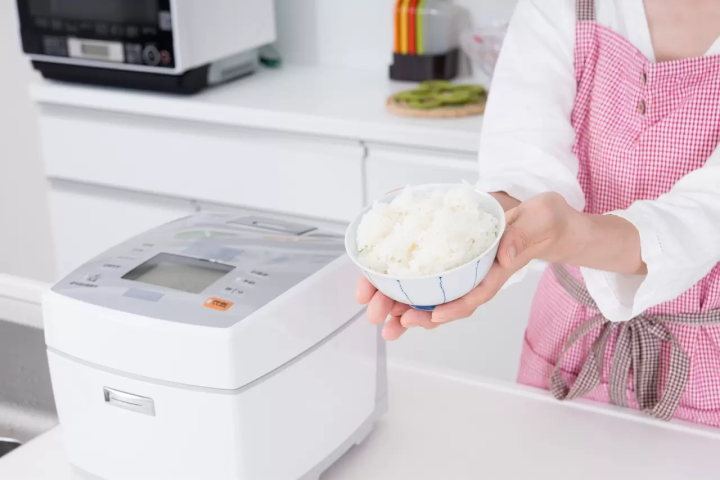
Photo by Pixta
An absolute must in every Japanese household, with over 95 percent of homes owning one, the rice cooker is undeniably one of the most popular inventions from Japan still in use today.
Designed during the Taisho era (1912-1926) to relieve families of the troublesome task of cooking rice on the stove, rice cookers became a major hit after the manufacturer Toshiba first released the device to the public in 1955.
Easy and efficient, these devices require only two ingredients: water and rice. After pouring the correct amount of water over the rice by following the guide painted on the metal bowl, users can choose to either set a timer for when they want the rice to be ready or cook immediately. Once the rice has been cooked, the device is designed to keep it warm until consumption.
So, the next time you enjoy a meal at a restaurant where rice is served quickly, you can thank the rice cooker!
6. Cosmetic Oil Blotting Paper

Photo by Pixta
Originally created for geisha performers, oil blotting paper is now a life-saving item for anyone with oily skin.
Originally called hakuuchishi, this type of paper was used to protect gold leaf when adding pressure and beating it to make a coating for furniture, a technique that dates back to the Heian period (794-1185).
Gaining recognition during the Edo period (1603-1867), the paper became a popular cosmetic tool for absorbing oil and sweat while keeping makeup looking fresh on performers such as Kabuki actors and geisha.
As a result, the paper became known as aburatorigami, translating to "oil blotting paper," and started being sold to the public in 1920. These days, oil blotting paper can be found in cosmetic shops, online, and in other stores such as Don Quijote.
Read also
7. Karaoke
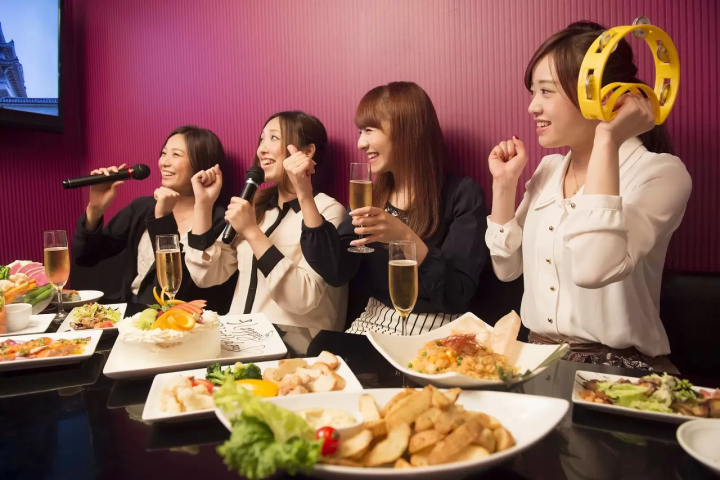
Photo by Pixta
Belt out and scream, because karaoke is all about having fun and being free! Japanese engineer Shigeichi Negishi invented the prototype in 1967 due to his love of singing while at work.
After a few adjustments and the addition of a remote microphone attached to an amplificator, the prototype was created, and he was able to start selling his invention, the Sparko Box, to local entertainment facilities. However, due to the popularity of live music, the Sparko Box lost its appeal.
Continuing on the idea, a musician named Daisuke Inoue began selling his karaoke machines in Kobe in 1972. The machines featured music recorded by him to assist artists when singing live, even when he could not be present.
Due to the convenient nature of the machines and Inoue's beginner-friendly design, karaoke took off, becoming an activity that is now famous worldwide. Inoue also designed coin-operated machines for the public to enjoy.
These days, Japan has karaoke companies that offer guests private rooms for unlimited singing and a wide array of songs. In these private booths, guests can order food, drinks, and alcohol while choosing between various karaoke payment plans, from all night to just an hour.
8. Capsule Hotels
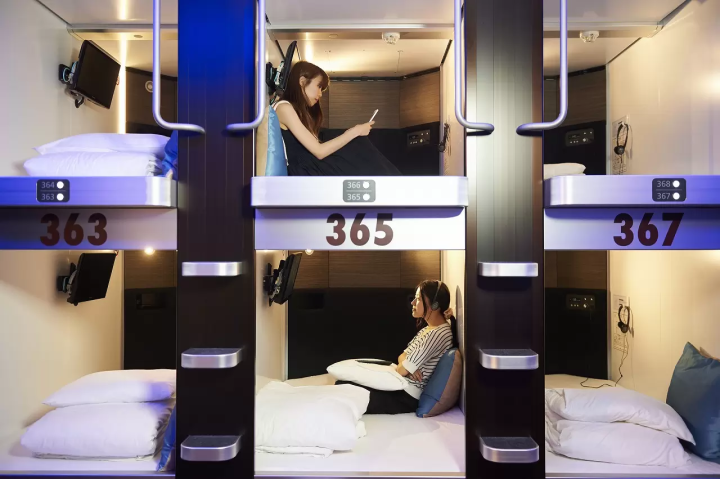
Photo by Pixta
Capsule hotels, also known as pod hotels, are a popular invention that provides affordable accommodation for travelers. Capsule hotels were first introduced to the world at the 1970 World Expo by Kisho Kurokawa, a famous architect whose ingenious design amazed the public.
A few years later, in 1976, he designed and built the world's first capsule hotel, Capsule Inn Osaka (New Japan Umeda). The hotel was primarily targeted toward businessmen in Osaka as a cheap place to rest and recuperate—truly a lifesaver for those who missed the last train!
Capsule hotels consist of rows of small pods, usually measuring around 1.2 meters wide and 2 meters in length—just enough for a single bed! In most modern capsule hotels, each pod will have a power outlet, air conditioning, and, if you're lucky, a small TV.
The capsules are typically separated by gender, and other facilities include public showers and toilets, vending machines, lockers, and lounge areas.
Read also
9. Ekiben
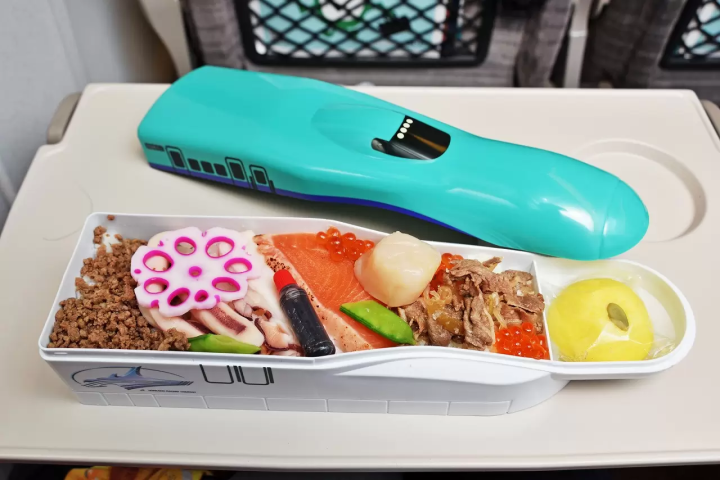
Photo by Pixta
Arguably one of the most exciting things about taking the Shinkansen is the ekiben, boxed meals that can be enjoyed while riding the train!
Invented during the Meiji period (1868–1912) as the train and railway industry boomed in Japan, ekiben was first introduced and made available for purchase to the public in 1885 at Utsunomiya Station in Tochigi.
Not long after, local stations and regions across Japan caught onto the idea, adding their own regional bento boxes filled with delicious ingredients and specialties from each area.
To this day, ekiben remains an important part of Japanese culture and travel. It is not uncommon to see travelers enjoying one of these delicious meals on the train. Each lunch box features its own design and specialties; a popular choice among children is the ekiben shaped like a bullet train!
Read also
10. Conveyor Belt Sushi
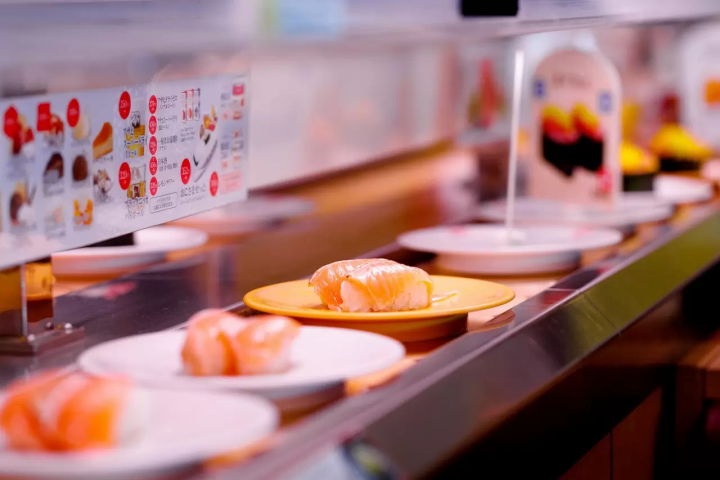
Photo by Pixta
Mouthwatering and hypnotizing to watch, conveyor belt sushi is a must-try when in Japan! Affordable, quick, and convenient, conveyor belt sushi was first invented by sushi chef Yoshiaki Shiraishi as a way to keep up with the high demand for orders while dealing with a lack of staff.
Inspired by the beer conveyor belts used by Asahi Brewery, he worked on creating conveyor belt sushi and successfully introduced the concept in his shop, Mawaru Genroku Sushi, in 1958.
After discovering that his invention could cut costs and serve guests quickly, Shiraishi-san went on to open another shop at the Osaka World Expo. This venture proved successful, attracting visitors from far and wide who were wowed by its novelty and uniqueness.
Since then, conveyor belt sushi has spread across the world, offering delicious, fresh sushi at affordable prices! In Japan, popular chains include Sushiro, Kura Sushi, Hama Sushi, and more.
Read also
11. Quartz Watches
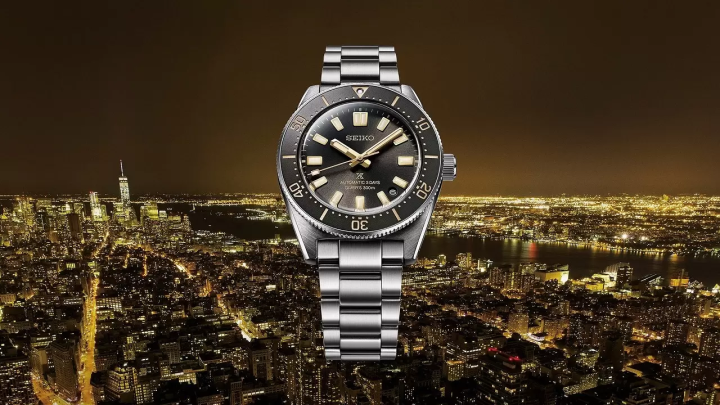
Picture courtesy of PR Times
Quartz watches took the world by storm, changing the way we manage our time. Shocking the public on Christmas Day in 1969, the renowned Japanese company Seiko introduced a revolutionary invention known as the quartz watch.
The first of its kind, this watch did not rely on the user to mechanically wind it to charge its power, as previous watches did; instead, it was powered by quartz crystals, which are piezoelectric, along with a microchip circuit and a battery.
The quartz watch was seen as highly accurate and unaffected by gravity, ensuring that you never miss out on time. The new invention was so sought after that it disrupted the watch-making industry worldwide, leading to what is known as the quartz crisis.
The Swiss watchmaking industry, which was renowned for its exceptional mechanical clocks, struggled during this time as the world began to shift toward quartz and electronic watches.
12. QR Codes
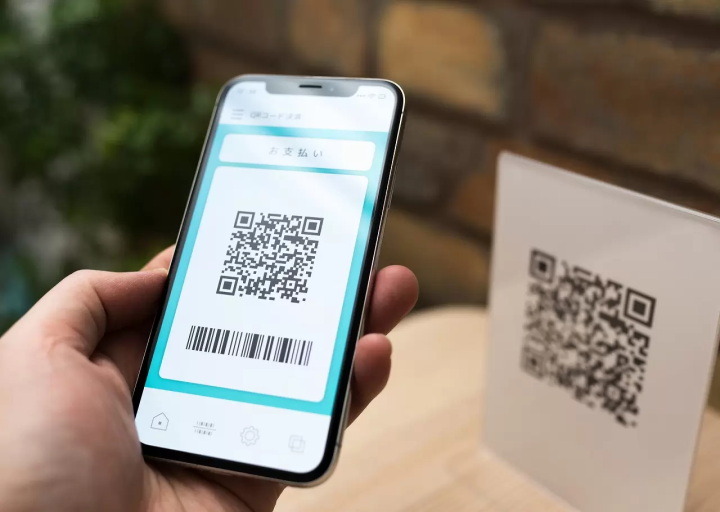
Photo by Pixta
How old is a QR code? You may be surprised to find out that QR codes were invented in Japan and are now 30 years old! In 1994, Hara Masahiro, who worked at Denso Wave, an automotive company, was given the challenging task of creating a two-dimensional code that could be read quickly and efficiently.
While the barcode that we often see on items scanned at supermarkets is useful, the information it can store is limited to a single line. In contrast, a two-dimensional pattern like the QR code can hold much more information, making it a major time saver for companies that need to scan and track large inventories, such as Denso.
Inspired by the patterns on the Japanese tabletop game, Go, Masahiro-san created the QR code using two-dimensional black blocks as a pattern. This design allows users to scan the QR code quickly from any angle, making it extremely practical!
13. Gachapon Capsule Toys
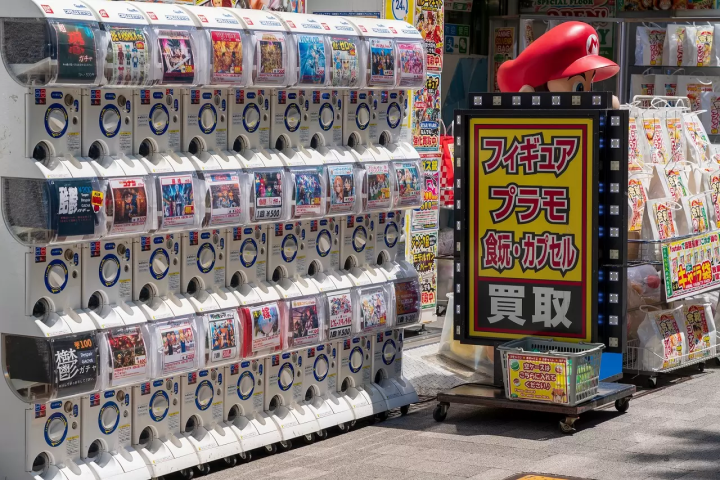
Photo by Pixta
From discovering extraordinary delights to the sound of the gacha machine's wheel being turned, gachapon is an exciting invention that captivates and thrills those who encounter it!
This iconic capsule toy vending machine was first invented in 1965 by Japanese entrepreneur Ryuzo Shigeta, a small business owner located in Tokyo's Taito ward.
Shigeta-san came up with the ingenious idea after receiving a coin vending machine from America that dispensed toys and candy. Unsatisfied with the product, Shigeta-san decided to create his own vending machine, encapsulating the toys individually in colorful plastic capsules. Affordable and fun, the first machine was placed outside his shop, and thus the gachapon culture was born!
To this day, gachapon is enjoyed across Japan, with around 360,000 machines in total! Wacky, bizarre, fun, and obscure items ranging from anime and manga characters to animals and unusual trinkets are sold. What is the most bizarre gachapon you have found?
Read also
14. Yakult
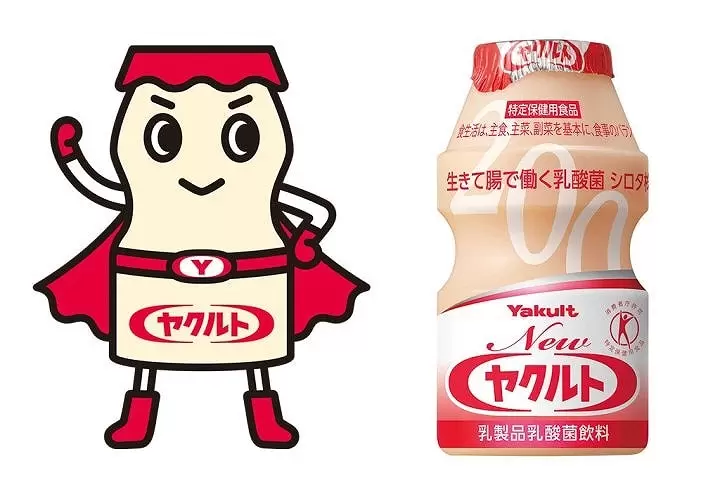
Japan's well-beloved and famous healthy probiotic drink, Yakult, is a popular choice for those wanting to stay healthy in Japan.
Invented in 1935 by Dr. Minoru Shirota, the founder of Yakult and the Lacticaseibacillus casei strain Shirota, the first-ever Yakult drink was sold to the public with the hope that many could benefit from its probiotic properties and absorb its amazing health benefits, thereby helping to create a healthy gut flora.
Yakult remains a popular drink to this day. To find out more, why not visit our article below?
15. Tactile Paving

Photo by Pixta
Life-changing for those with visual impairments and promoting independence, tactile paving can be found throughout Tokyo and its extensive subway system.
Created in 1965 by Japanese inventor Seiichi Miyake, tactile paving, also referred to as tenji blocks, consists of textured yellow tiles featuring raised rows and circles to help individuals navigate through towns and cities.
They were first implemented in Okayama City in western Japan and have since paved the way for countries around the world, with the USA, Canada, and Australia incorporating them into their streets since 1990.
16. Purikura
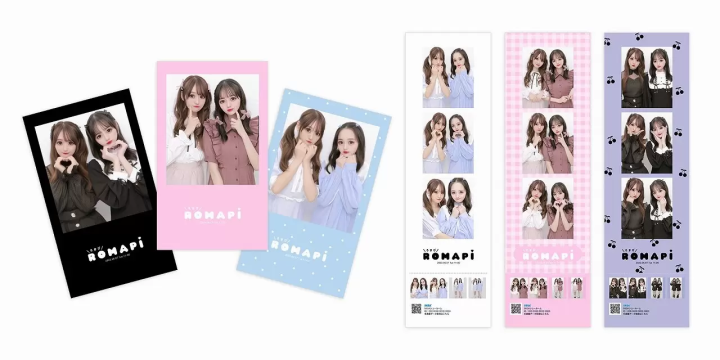
Picture courtesy of PR Times
A landmark of Japanese pop and Kawaii culture, Purikura, also known as the Purinto Kurabu machine (Print Club), was first conceptualized by Sasaki Miho, who worked for the renowned video game company Atlus.
Inspired by stickers and the way girls took pictures together and decorated them, Sasaki approached Atlus with her idea in 1994, only to be rejected. A year later, Atlus decided to partner with Sega to make Sasaki-san's dream come true, and the rest is history!
Over time, these cute machines have advanced, offering a variety of themed options, stickers, and colorful borders to choose from, as well as makeup brushes and digital effects.
After adding stickers and effects to your captured photo via a digital screen and stylus, the photo is printed within seconds, making for a great souvenir!
Purika photos can easily be recognized, with many young people displaying them on the backs of their phones and adjusting their eyes to resemble anime characters. These machines can be found in arcades, amusement parks, and other locations.
Read also
17. Selfie Sticks

Photo by Pixta
Everyone say cheese! Great for group photos and selfies with amazing backdrops, the selfie stick was first created in Japan in the 1980s by Japanese inventor Hiroshi Ueda.
Ueda-san, frustrated by the difficulties of capturing a holiday with all family members in the frame, was inspired to create the selfie stick, which was originally called the telescopic extender stick.
Designed to hold a small camera, the extender stick featured a small mirror that would clip around the front of the camera, helping to keep it in place and allowing the user to see what the photo would look like.
Unfortunately, the invention was ahead of its time; with the lack of camera phones and camera owners not embracing the invention as Ueda had expected, the telescopic extender stick was ultimately unsuccessful.
The selfie stick as we know it was later popularized in 2005 by Canadian inventor Wayne Fromm, who created an improved and original version of the product.
18. Otohime: Flushing Water Sound Simulators
The Otohime, a flushing water sound simulator, was invented by TOTO, a renowned Japanese company that manufactures washlets and hygiene-related household items.
Designed to mask unwanted sounds in restrooms, Otohime helps provide privacy and comfort for users. It was developed to address noise concerns in public restrooms and has become popular in various settings, including homes and commercial establishments.
This invention was inspired by a historical practice in Japanese aristocratic residences, where a servant would stand outside the toilet while it was being used by a high-ranking individual. The servant's role was to pour water to mask any sounds coming from inside the toilet.
Nowadays, in public restrooms, the sound automatically starts playing when the washlet detects that somebody has entered the cubicle. Other times, you might have to push a button to start the sound simulator. These buttons are usually marked with a music sign or have the kanji character for sound 音 on them.
Enjoy the World of Japanese Inventions
We hope this list of inventions intrigued you. If there is one that you've never used before, why not try it next time you visit Japan?
Read also
Main image by Pixta
Assistant editor at MATCHA since 2023, Kate is a photographer who enjoys traveling Japan's hidden gems and adventuring off the beaten path. Living in Japan since 2018, she has traveled across different areas of Japan. From indulging in Aomori’s apple pies and fiery festivals to exploring the quaint charm of Nagasaki’s cat-filled streets she is always searching for new areas full of atmospheric beauty, festivals, and seasonal events to capture on camera.
















































![[2026] Top 5 Strawberry Picking Spots in Tokushima, Naruto| Farms and Access Guide for January to May](https://resources.matcha-jp.com/resize/720x2000/2025/03/06-227165.webp)



